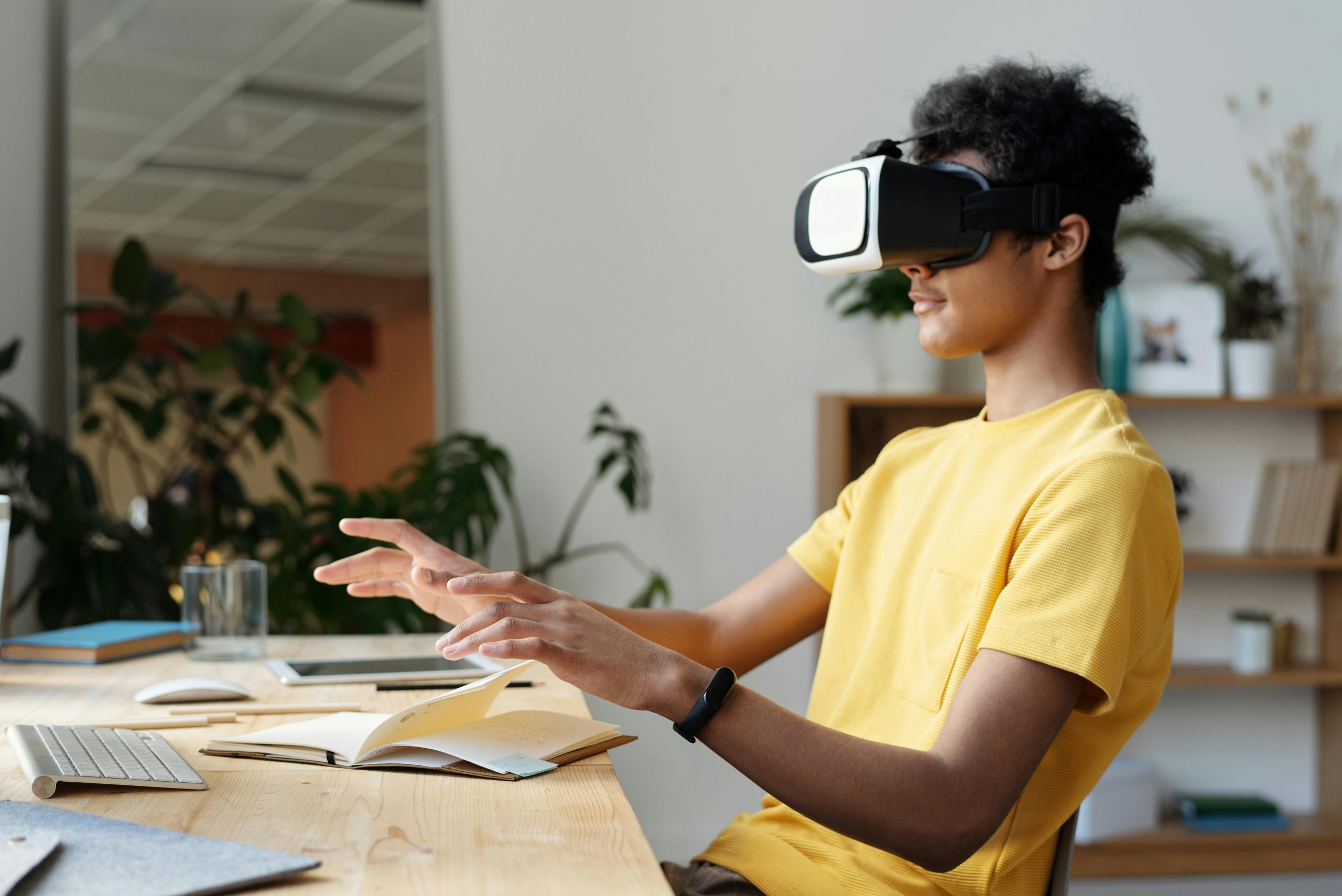The classroom is no longer bound by four walls. With the rise of the metaverse, education is stepping into an entirely new era where learning happens in immersive, 3D digital spaces. From virtual campuses to interactive simulations, the metaverse is redefining what it means to teach, study, and collaborate.
What Is the Metaverse in Education?
The metaverse is a collective virtual space that blends augmented reality (AR), virtual reality (VR), and digital platforms to create immersive environments. In education, it means moving beyond video calls and online courses into experiences that feel real and interactive.
Imagine a biology student dissecting a digital organism in a VR lab, or a history class walking together through ancient Rome — all without leaving home.
Why the Metaverse Matters for Learning
- Immersive Experiences – Students can “live” the subject matter instead of just reading about it.
- Global Classrooms – Learners from different countries can gather in the same virtual lecture hall.
- Safe Experimentation – Risk-free simulations in medicine, engineering, and aviation training.
- Engagement Boost – Gamified environments keep learners motivated and curious.
Examples of Metaverse Learning in Action
- Virtual Campuses: Universities are experimenting with 3D campuses where students can attend lectures, network, and explore resources.
- Corporate Training: Companies use VR to simulate customer service, safety drills, or equipment handling.
- STEM Education: Students can explore molecular structures, perform chemistry experiments, or build engineering models in digital labs.
Challenges to Consider
While the metaverse holds promise, it also raises questions:
* Access & Equity: Will all students have access to VR devices and stable internet?
* Data Privacy: How will student data be protected in virtual spaces?
* Human Connection: Can digital avatars replace the emotional depth of in-person learning?
The Future of Learning in the Metaverse
We’re only at the beginning. As technology advances, expect AI-powered tutors, fully immersive career training, and personalized learning pathways within virtual worlds. The metaverse won’t replace traditional education entirely — but it will complement it, making learning more interactive, inclusive, and future-ready.
Final Thoughts
The metaverse is not just science fiction anymore — it’s becoming a powerful tool for education. By blending digital innovation with human curiosity, it opens up opportunities for students and educators like never before. The question now isn’t if the metaverse will shape learning, but how soon it will become a normal part of our classrooms.



